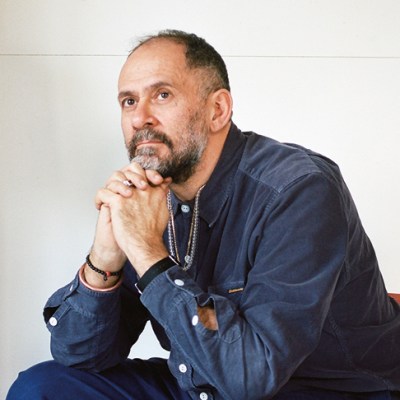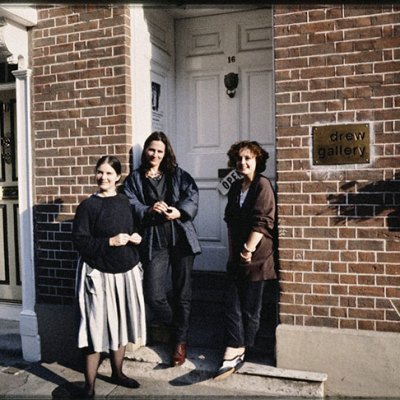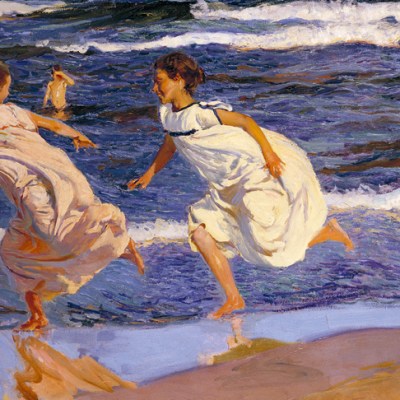In urban planning, placemaking is the renewal, reinvention or construction of public space. Yet the ‘place’ of that term has never quite seemed the mot juste. Though an endlessly contentious idea philosophically, essentially place has to do with belonging – something architectural intervention alone cannot conjure.
The sculptor Eduardo Chillida (1924–2002) grasped this when he said: ‘In the Basque Country I feel at home, like a tree adapted to its territory but with arms open to the world.’ In April 2019, Chillida Leku opened to the public: a museum dedicated to the artist’s life and work. ‘Leku’ in the Basque language loosely translates as ‘place’. In 1951, after three years in the post-Second World War artistic milieu of Paris, Chillida returned to his home region where, aside from various travels, he would live and work for the rest of his life. Truly a place of his own.
In 1983, Chillida and his wife, Pilar Belzunce, purchased the Zabalaga estate, located on the outskirts of Hernani near San Sebastián. Attracted to its dereliction, Chillida saw a blank canvas. The estate today comprises a country house – a converted caserío – and 11 hectares of grounds. Over the next 15 years, in collaboration with local architect Joaquín Montero, Chillida approached the renovation as though it were one of his sculptures. The house dates from the 16th century, and retains its traditional appearance and materials, but the inside has been hollowed out and stripped back – a rugged, capacious and airy shell that currently houses a retrospective of Chillida’s work. The intention had never been to establish his own museum; but after the death of his long-time and only gallerist, the Parisian Aimé Maeght, Chillida had no interest in working with anyone else. Suddenly, he needed somewhere to store his work.
Lotura XXXII (1998), Eduardo Chillida. Chillida Leku Photo: Iñigo Santiago © Zabalaga Leku. San Sebastián, VEGAP, 2019. Sucesión Chillida y Hauser & Wirth

More than 40 of the artist’s outdoor sculptures are installed in the grounds. Chillida selected materials such as steel and granite, more resistant to the perpetual drizzle of the local climate. In his other sculptural works, Chillida worked principally in iron, wood and steel – materials of the Basque Country’s industrial heritage. The caserío employs a similarly vernacular architectural language, retaining its 500-year-old oak beams and flagstones. There are no nails in the beams – everything is resolved within the wood itself, with pieces slotting together like jigsaw pieces. This historic construction technique resonates with Chillida’s interlocking sculptural forms; his Gordian knots of steel spring from the surrounding wooded landscape.
In the converted farmhouse, the inaugural survey of Chillida’s work brings together sculptures, drawings, works on paper and archival material. Titled ‘Echoes’, the exhibition takes its name from one of Chillida’s early iron sculptures, Oyarak I (‘Echoes I’), from 1954. The works feel as if freshly hewn from the imposing and beautifully rugged farmhouse itself. Like Michelangelo’s whittled blocks of marble, Chillida’s sculptures so often seem to deal in negative space: a process of giving shape by taking away. Chronological groupings of work form discrete clusters – mini-installations in themselves – which represent, in broad brushstrokes, his various artistic phases. Installation-wise, the devil is in the detail: Chillida’s alabaster sculptures are all placed near light wells, allowing their crystalline interiors to gleam through their lusciously smooth cut surfaces. The echo as sculptural metaphor also speaks to Chillida’s process. He worked in series: variations of the same idea in the same material, flitting between several at once. Though a lover of mathematics and rationality, he placed great importance on intuition. Chillida sought out the ‘aroma’ of a work (a word that may sound less trite, in this context, in Basque). Following his nose in the truest sense, the artist trailed a scent that might guide him, using seriality as a form of sculptural exploration.
Installation view of ‘Eduardo Chillida: Echoes’ at Chillida Leku. Photo: Gonzalo Machado © Zabalaga Leku. San Sebastián, VEGAP, 2019. Sucesión Chillida y Hauser & Wirth

I am guided round the show by Luis Chillida, one of Eduardo’s sons, and soon come to realise that this exhibition, and indeed the museum as a whole, is a family affair. Today Luis is the President of the Eduardo Chillida and Pilar Belzunce Foundation. As he touches each work that he describes, his gestures betray a life of warm familiarity with these various forms. A seemingly trivial anecdote about his father’s distaste for glue leads to the most striking discovery of the exhibition: Chillida’s Gravitaciones series, made in the 1980s. Upstairs in the more modest, archivally geared section dedicated to Chillida’s drawings and works on paper, we alight on a slight, wall-based work. It has a curious in-betweenness to it: not quite collage, not quite sculpture. The constituent components are sewn together with thread, allowing for a kind of suspension, as if in water. Where glue would foreclose the space between the conjoined parts, the looser binding of thread allows air into the work. The work itself articulates process in ways a wall text cannot.
Chillida Leku is a hermetic place, and reveals its charms slowly. The zen-like quality of the complex is echoed by unobtrusive curation: formal and conceptual links are largely left to the visitor. What does emerge, however, is Chillida’s profound relationship to place. His singular placemaking was a lifetime’s work, and this most private relationship has been made public. As I leave this rarefied locality, I think of other foundations dedicated to the life and work of a single artist. In particular, the Fundació Antoni Tàpies in Barcelona and, though more modest in scale, Flat Time House in Peckham, dedicated to the legacy of John Latham. These organisations smartly take a lateral approach to their exhibition programme, allowing for continued vitality of thought. With no detailed future programming yet announced for Chillida Leku, how will the museum continue to present his artistic legacy?
For more information visit the Chillida Leku website.
From the June 2019 issue of Apollo. Preview the current issue and subscribe here.


